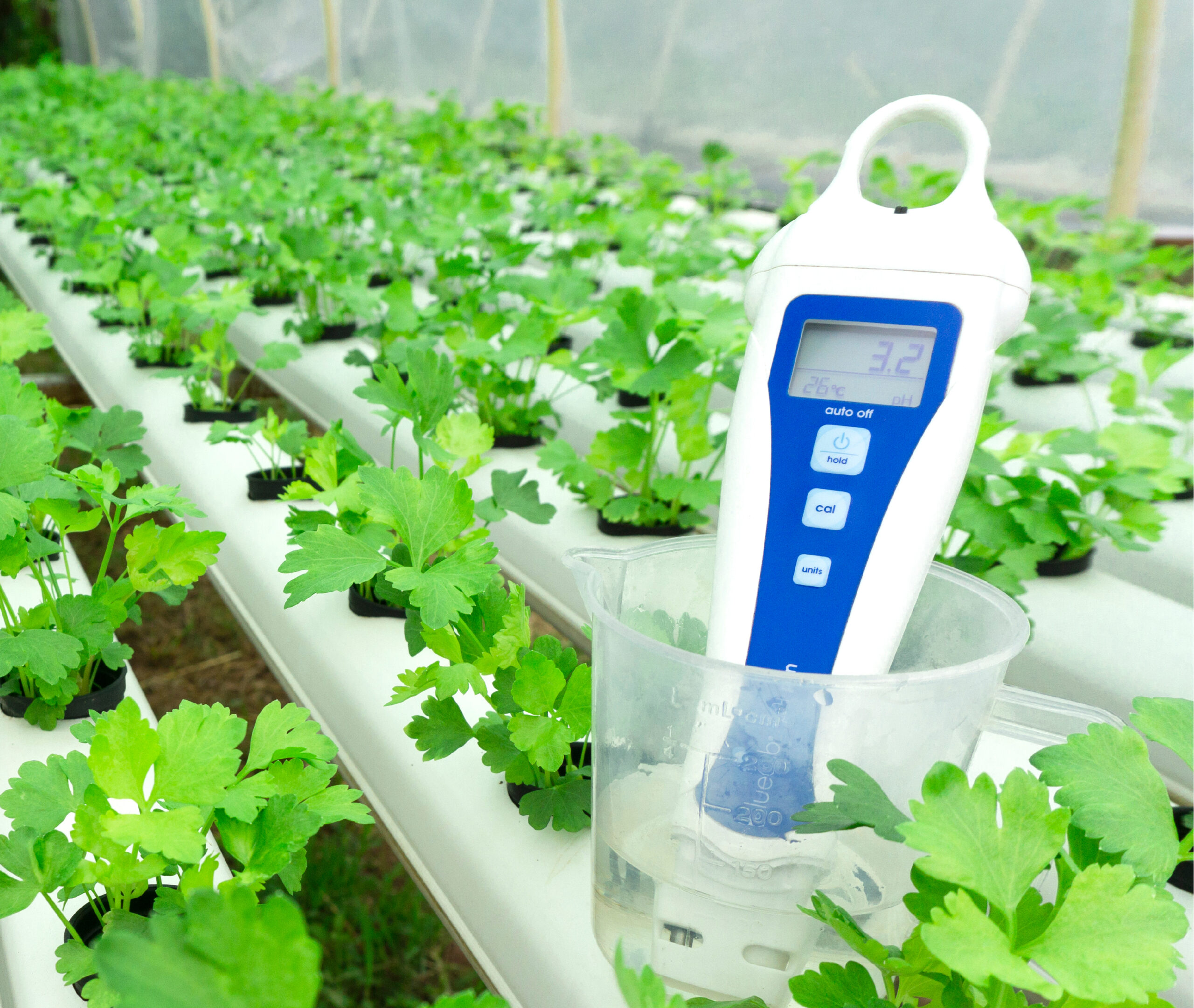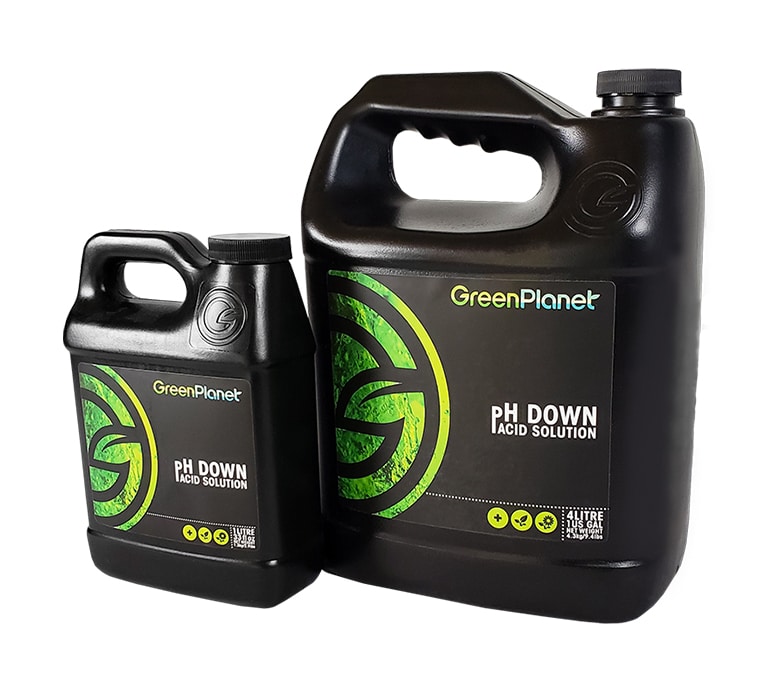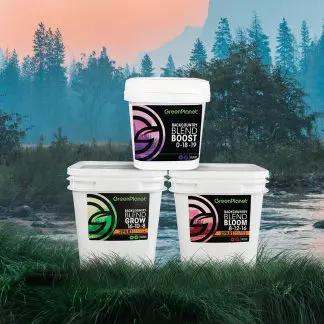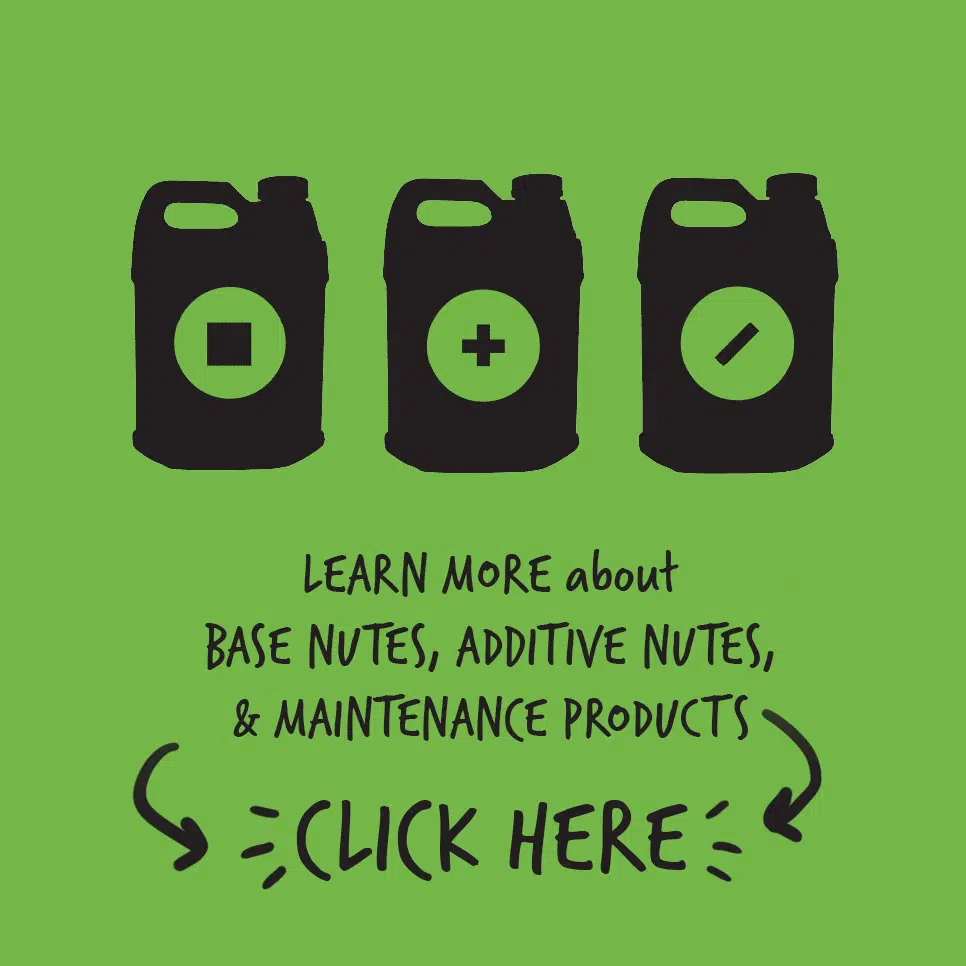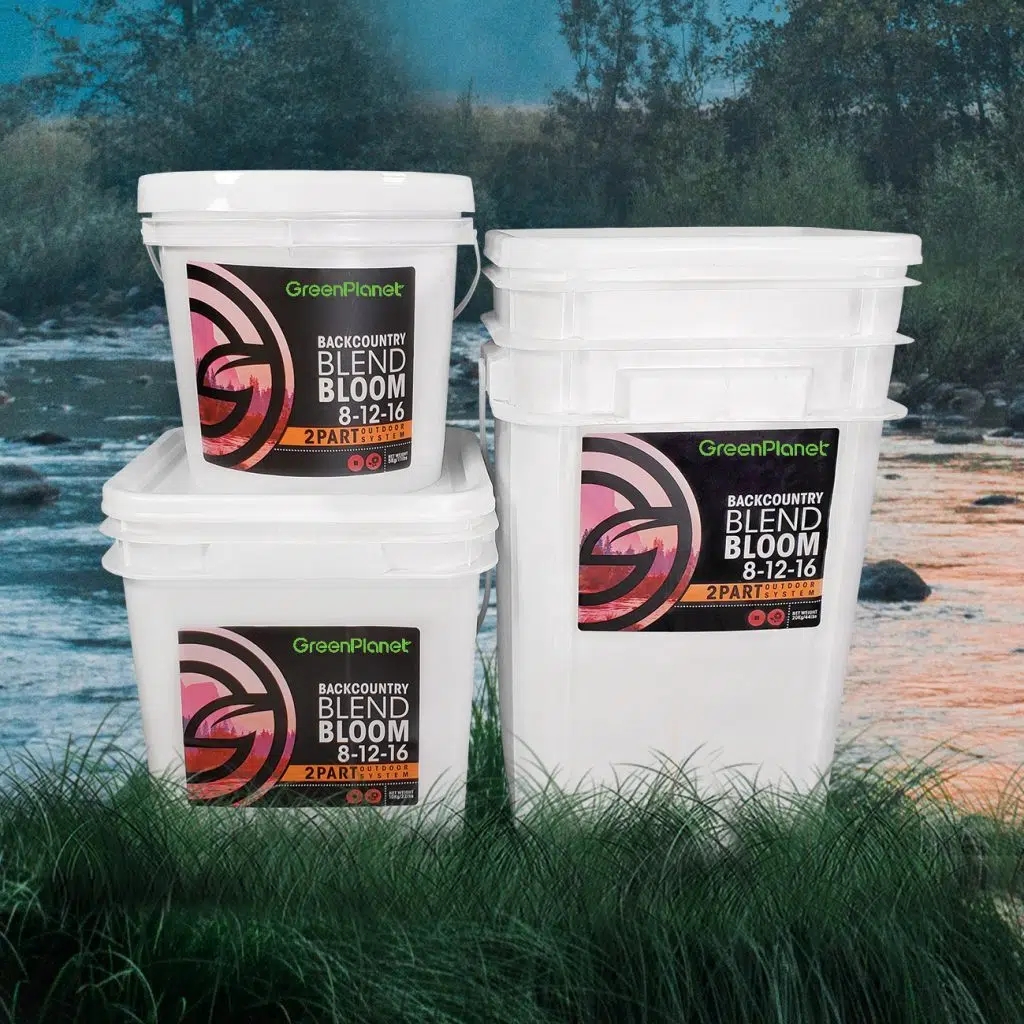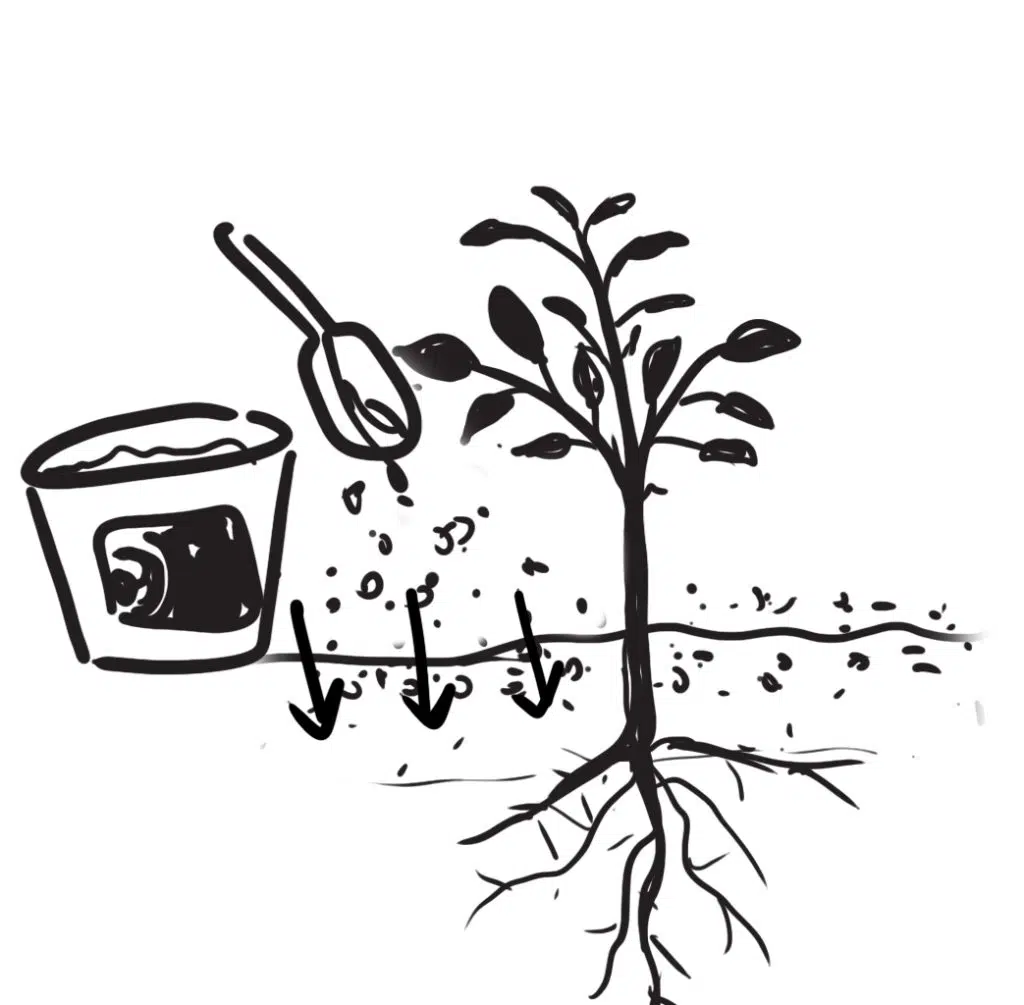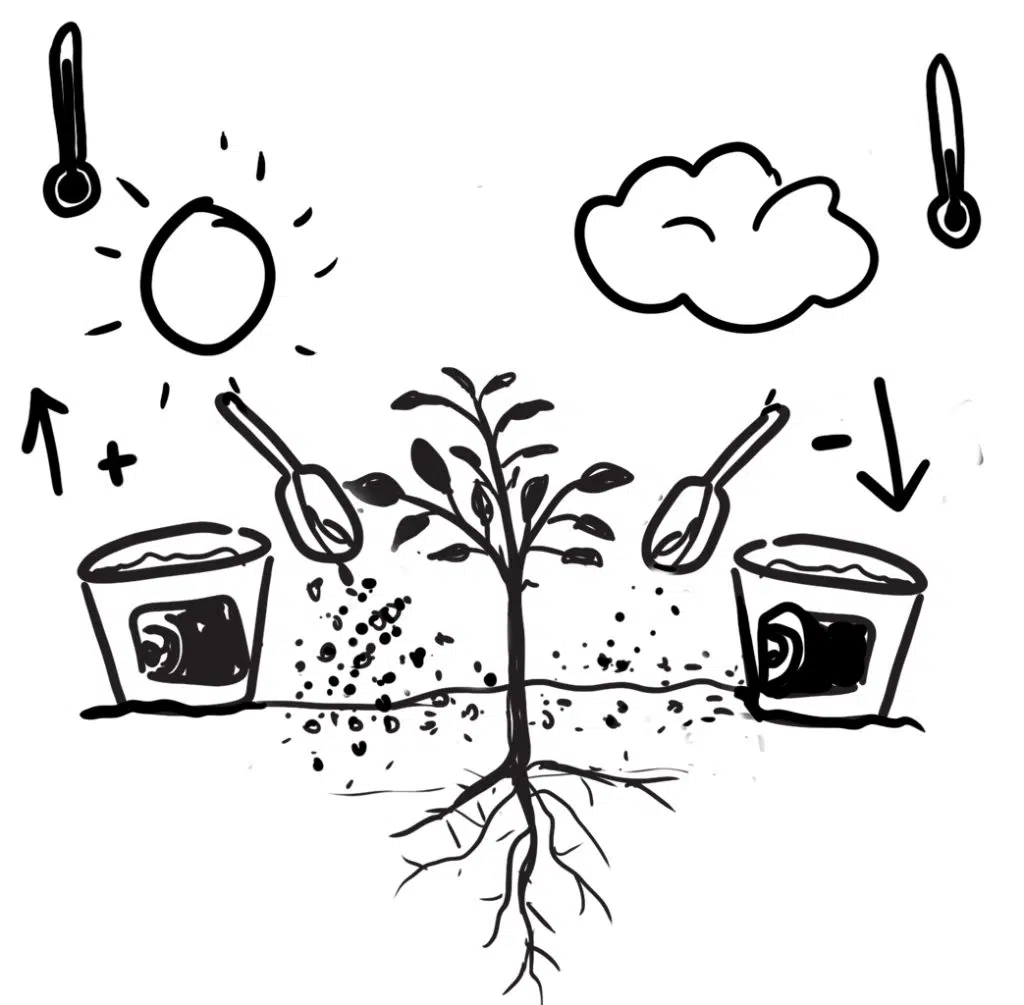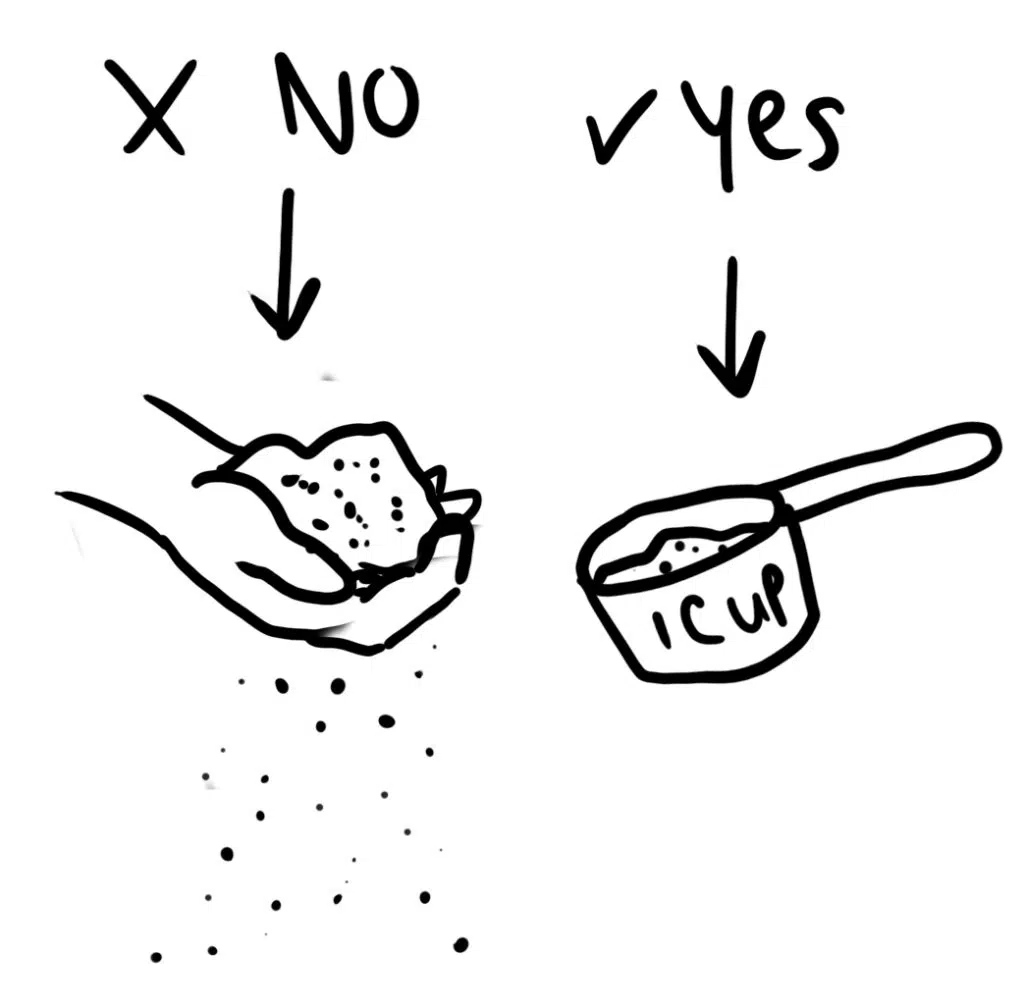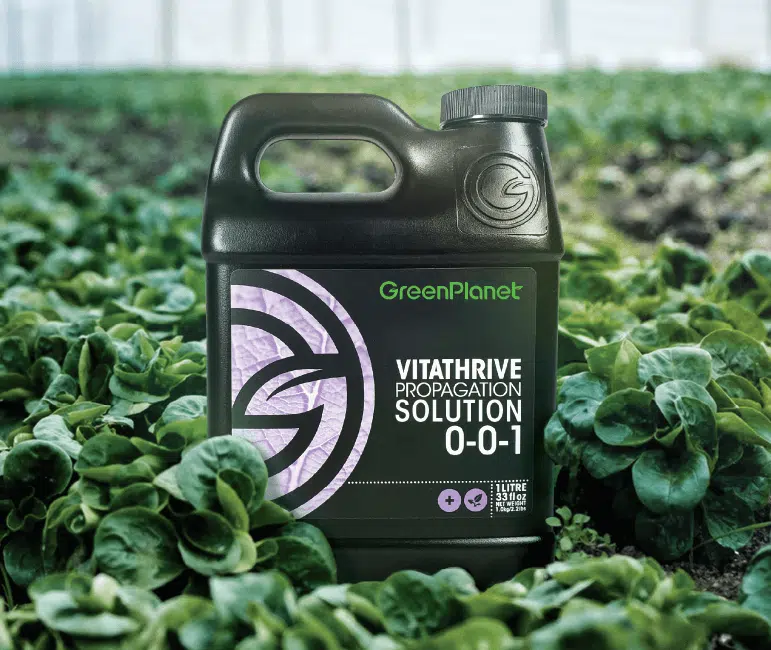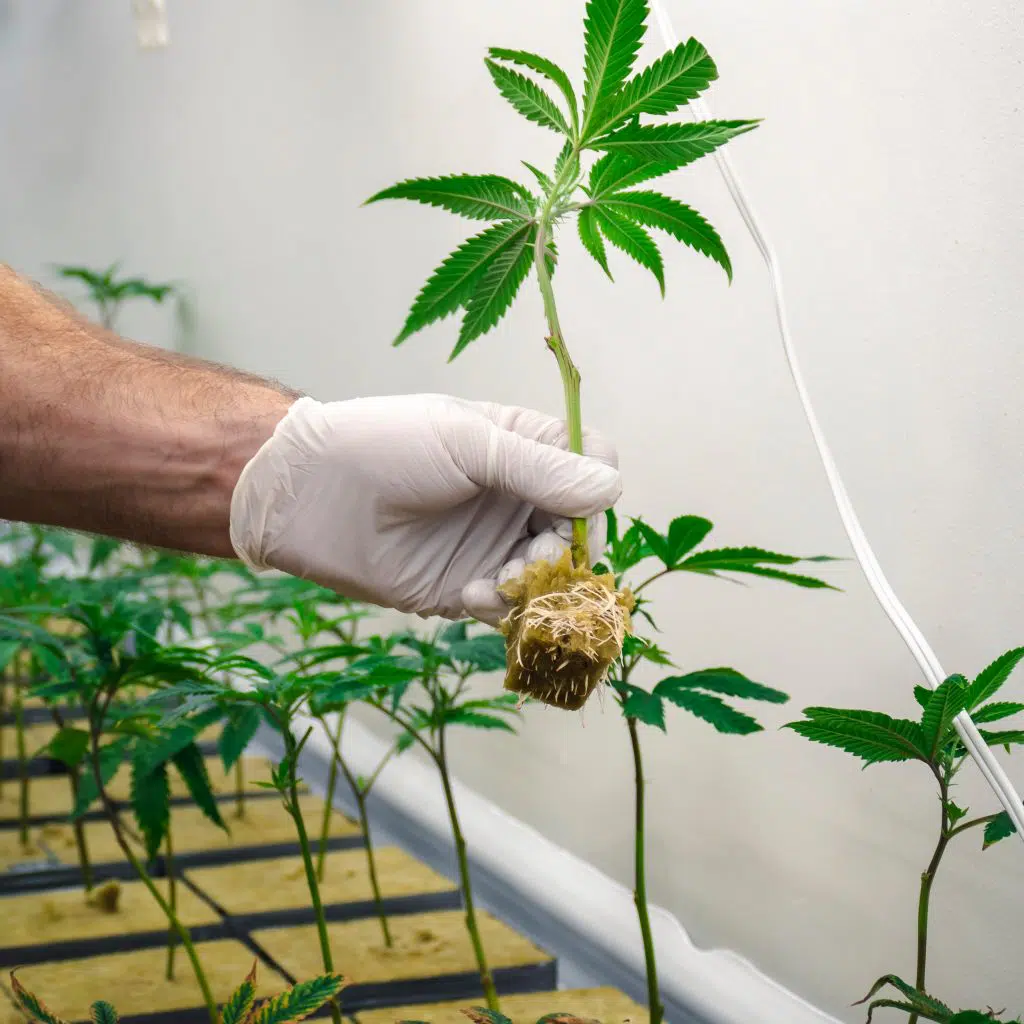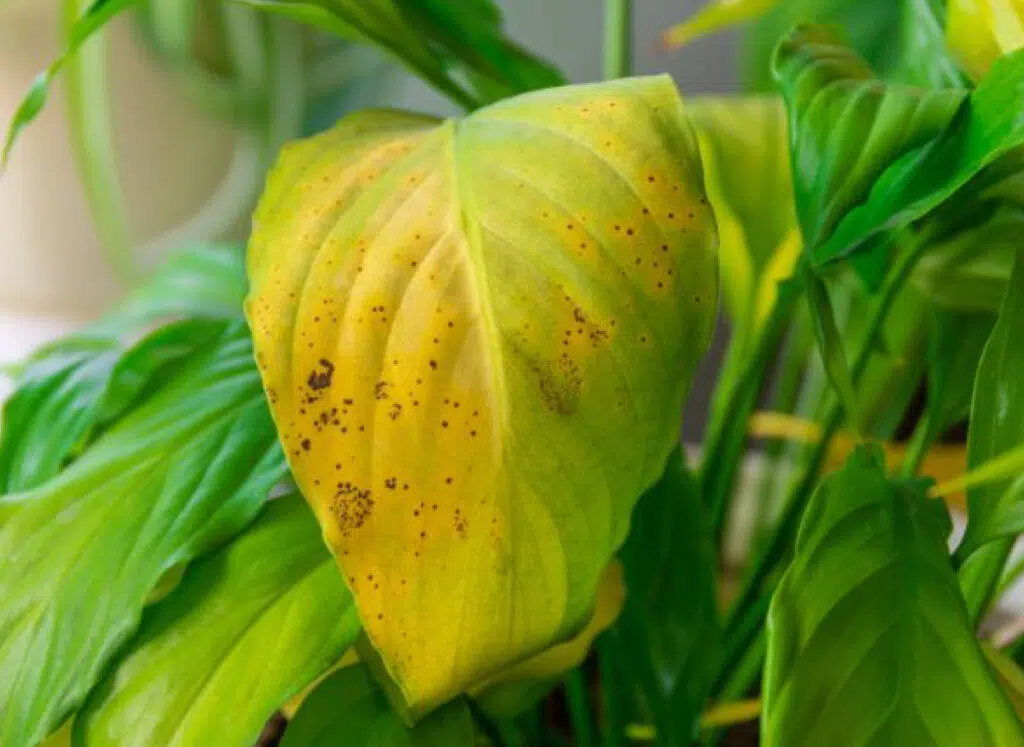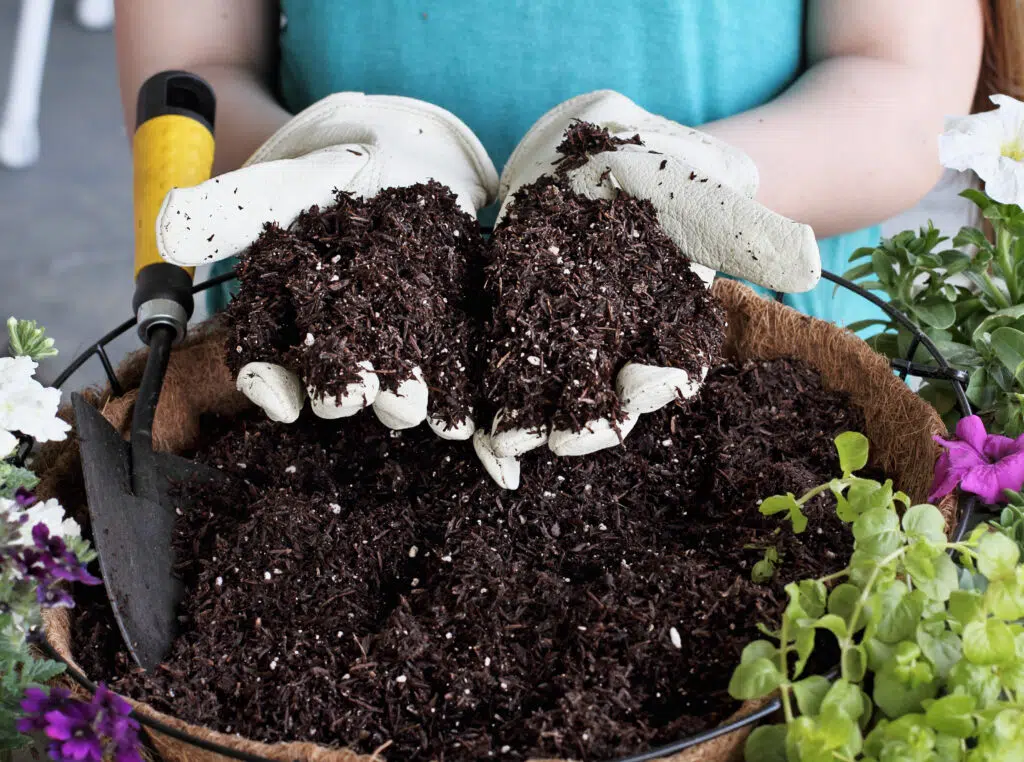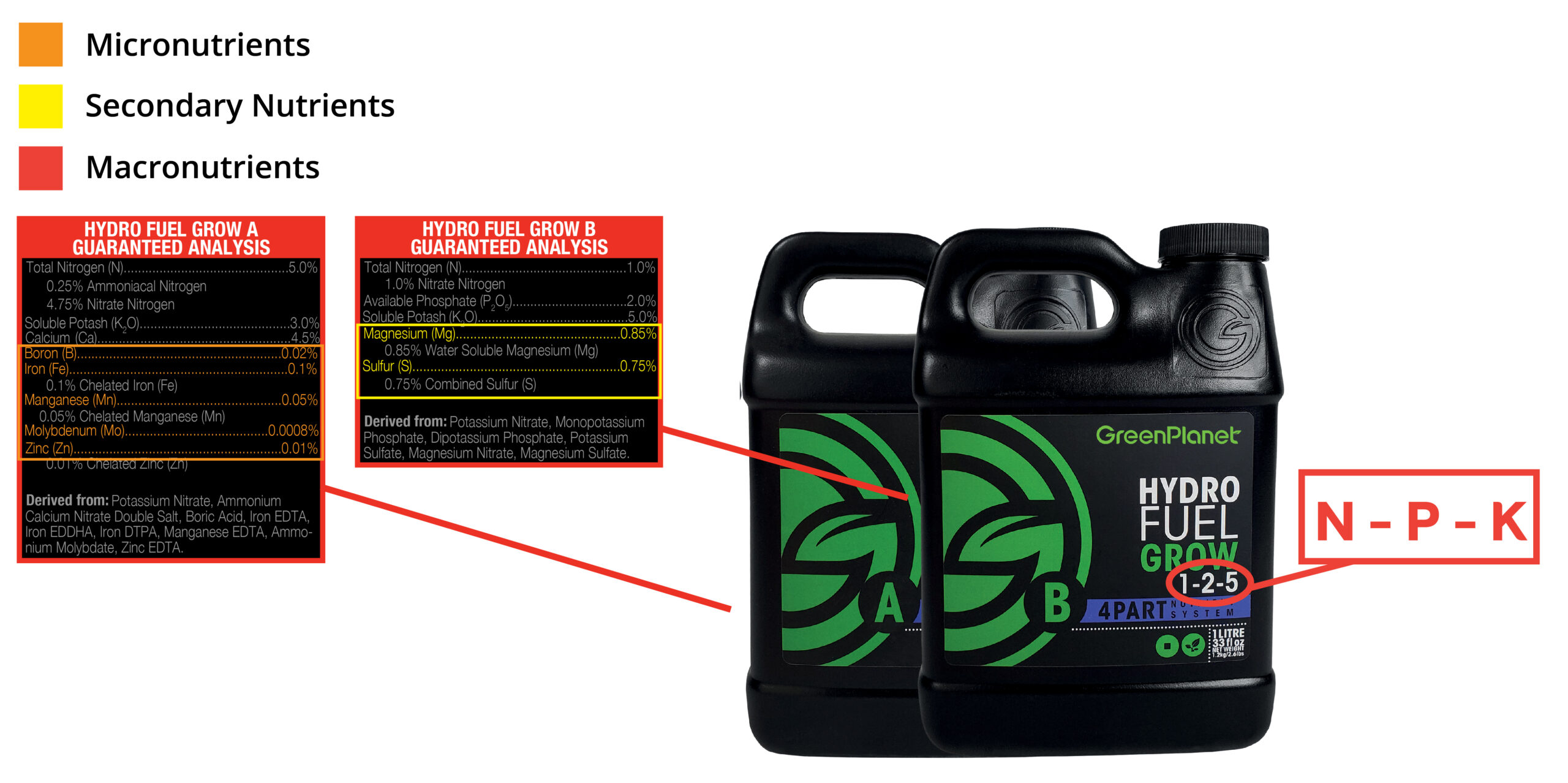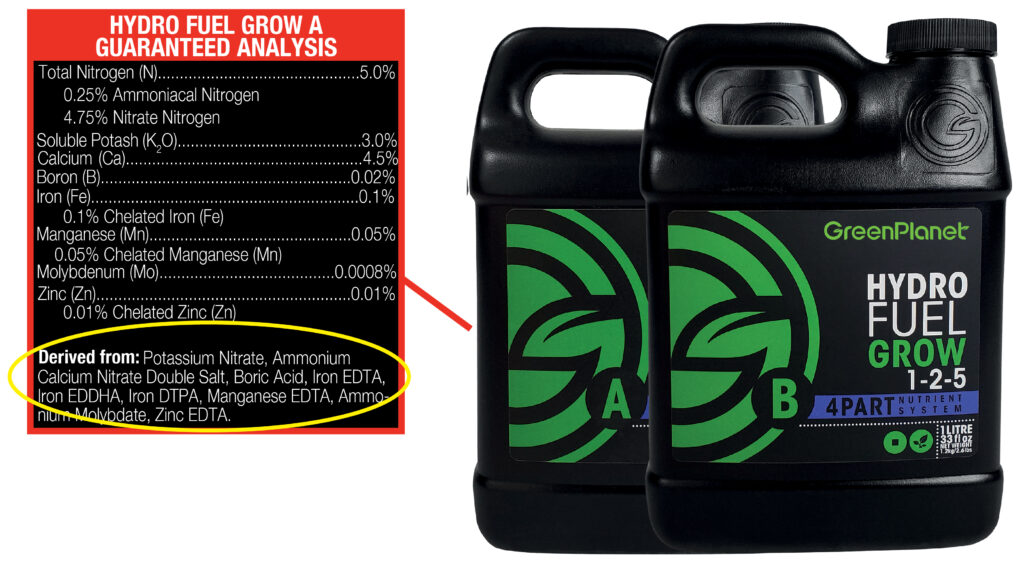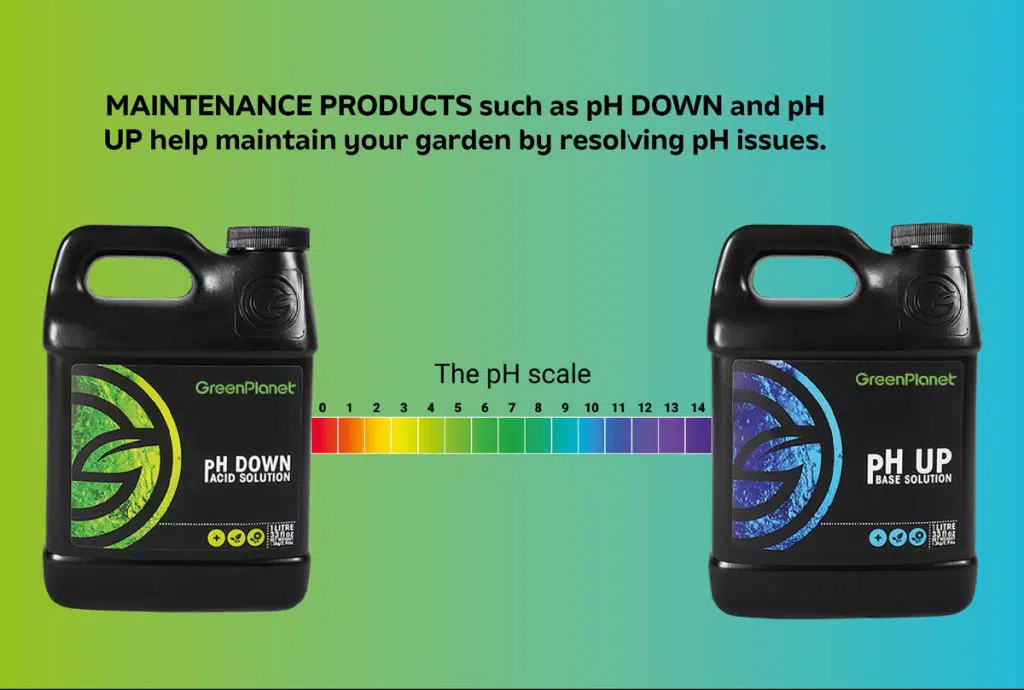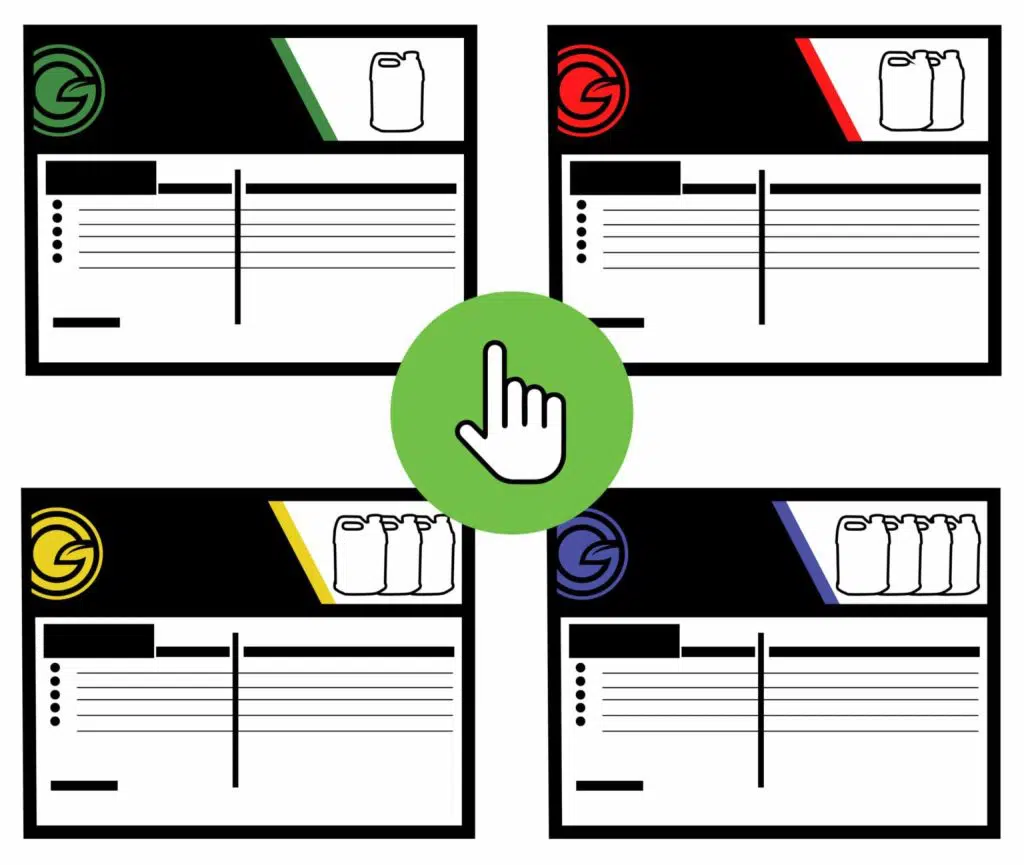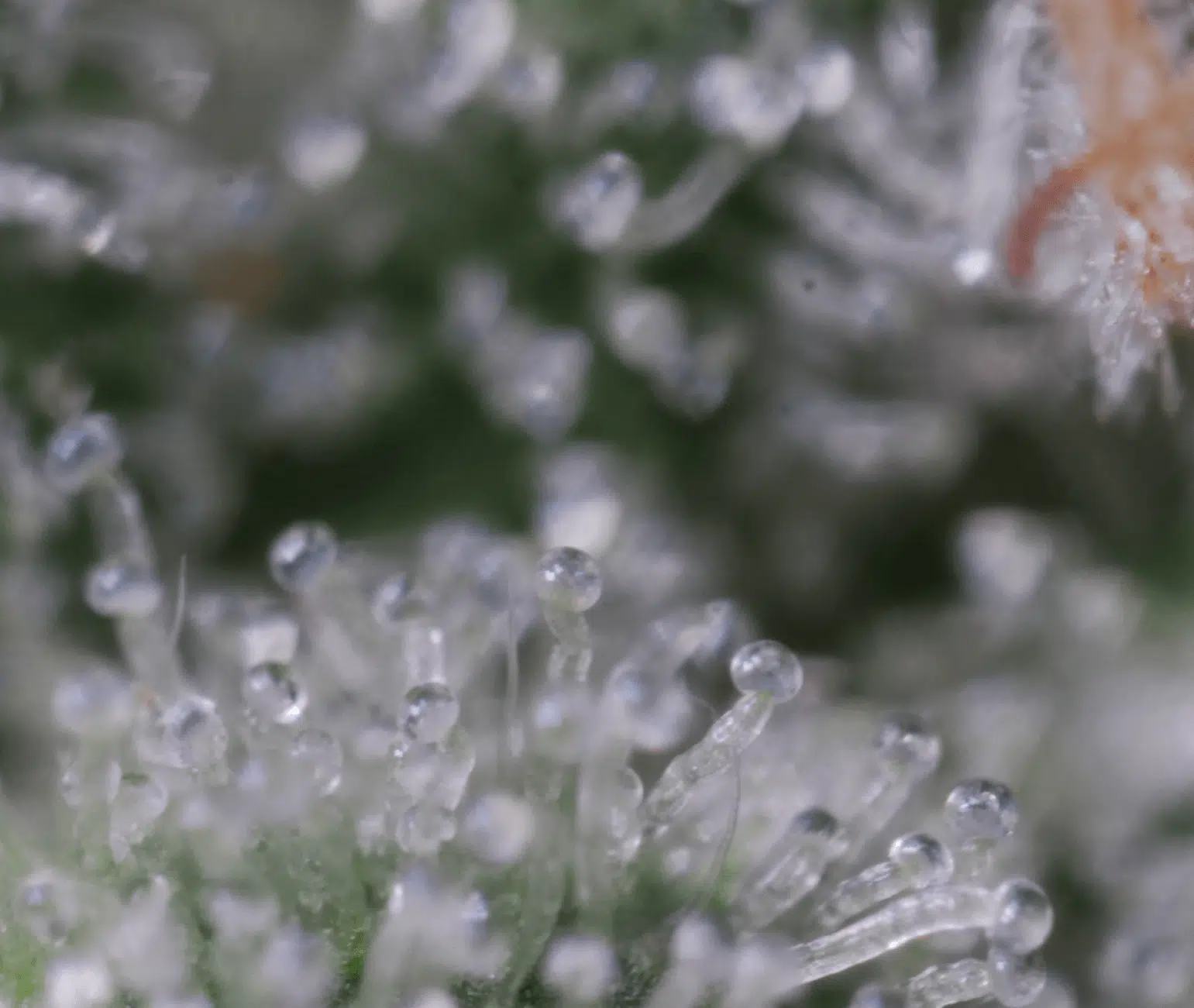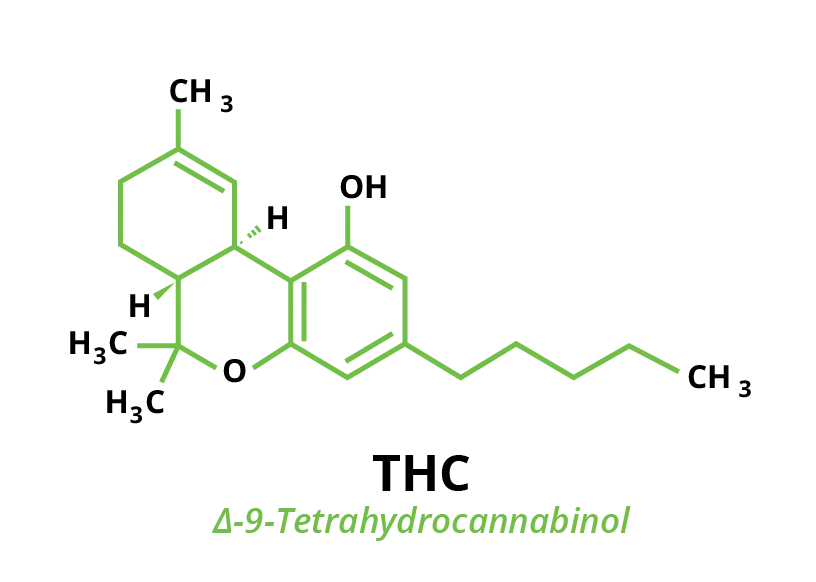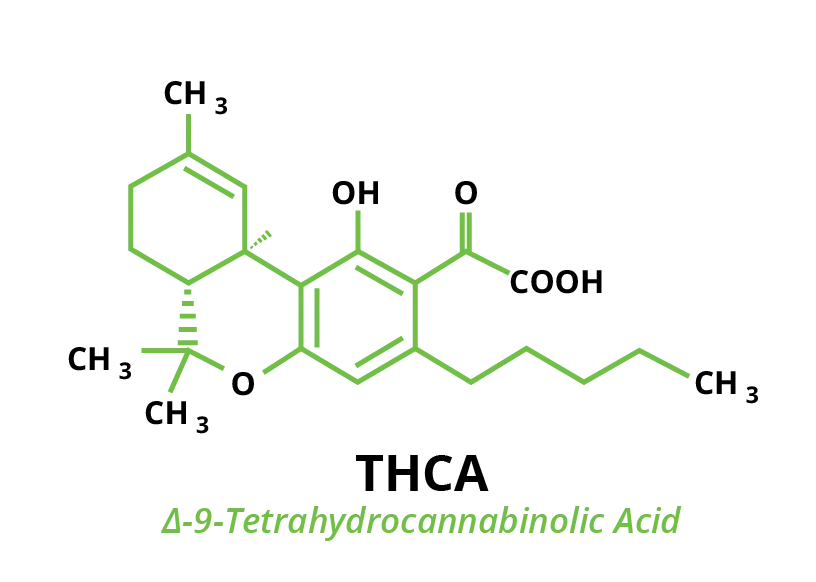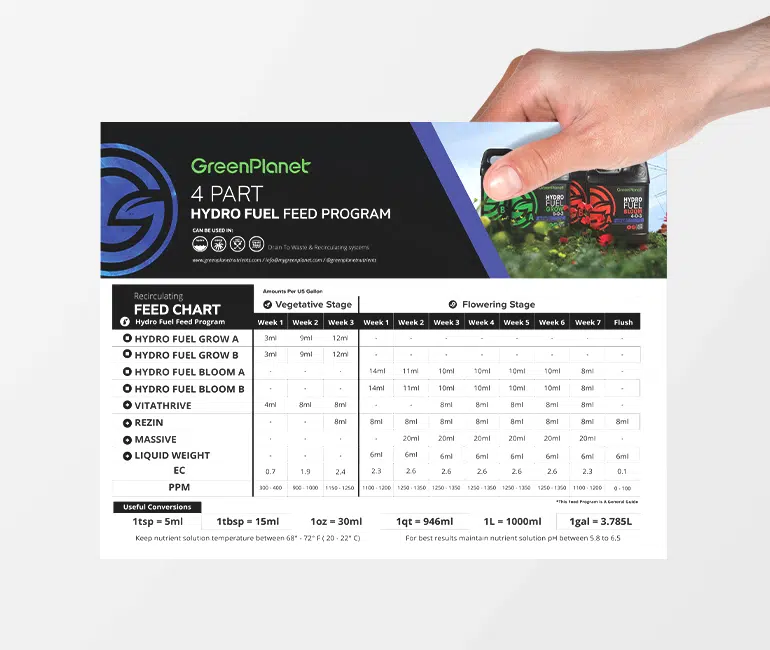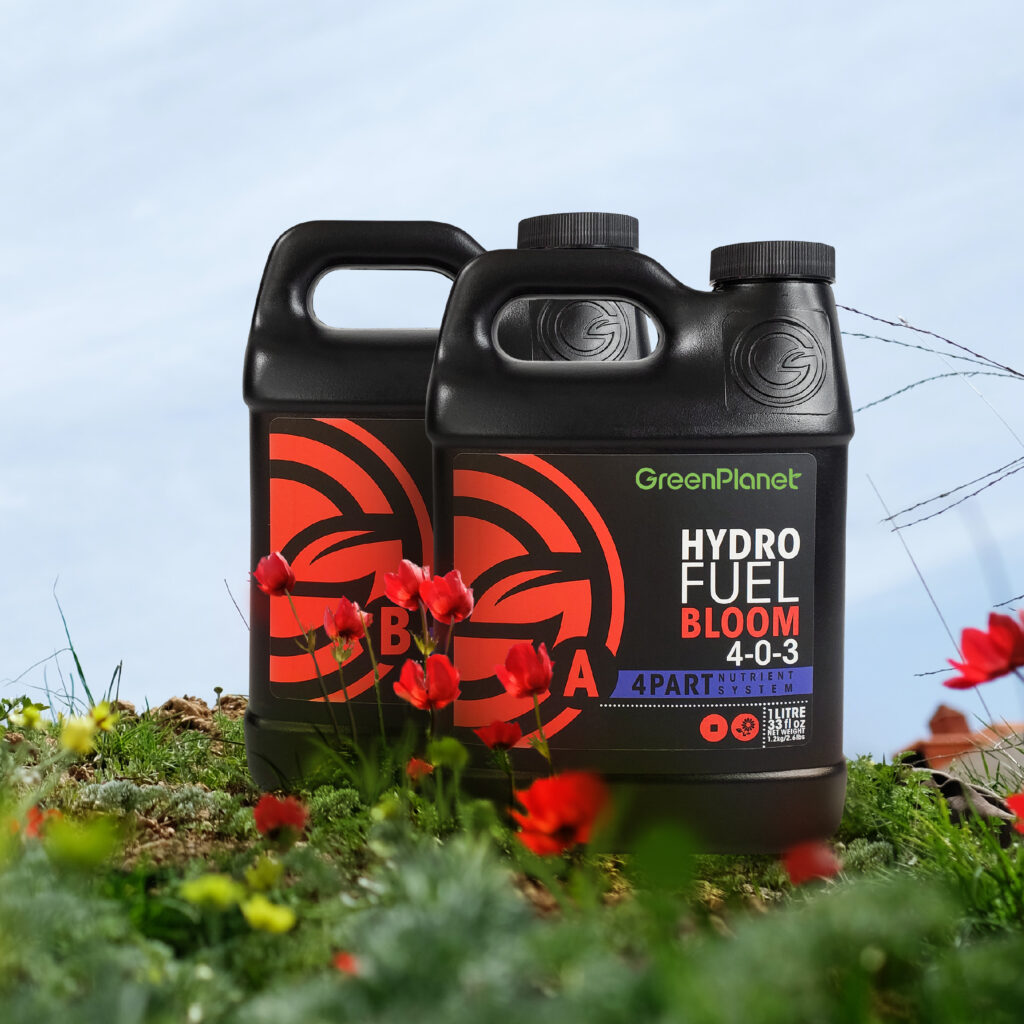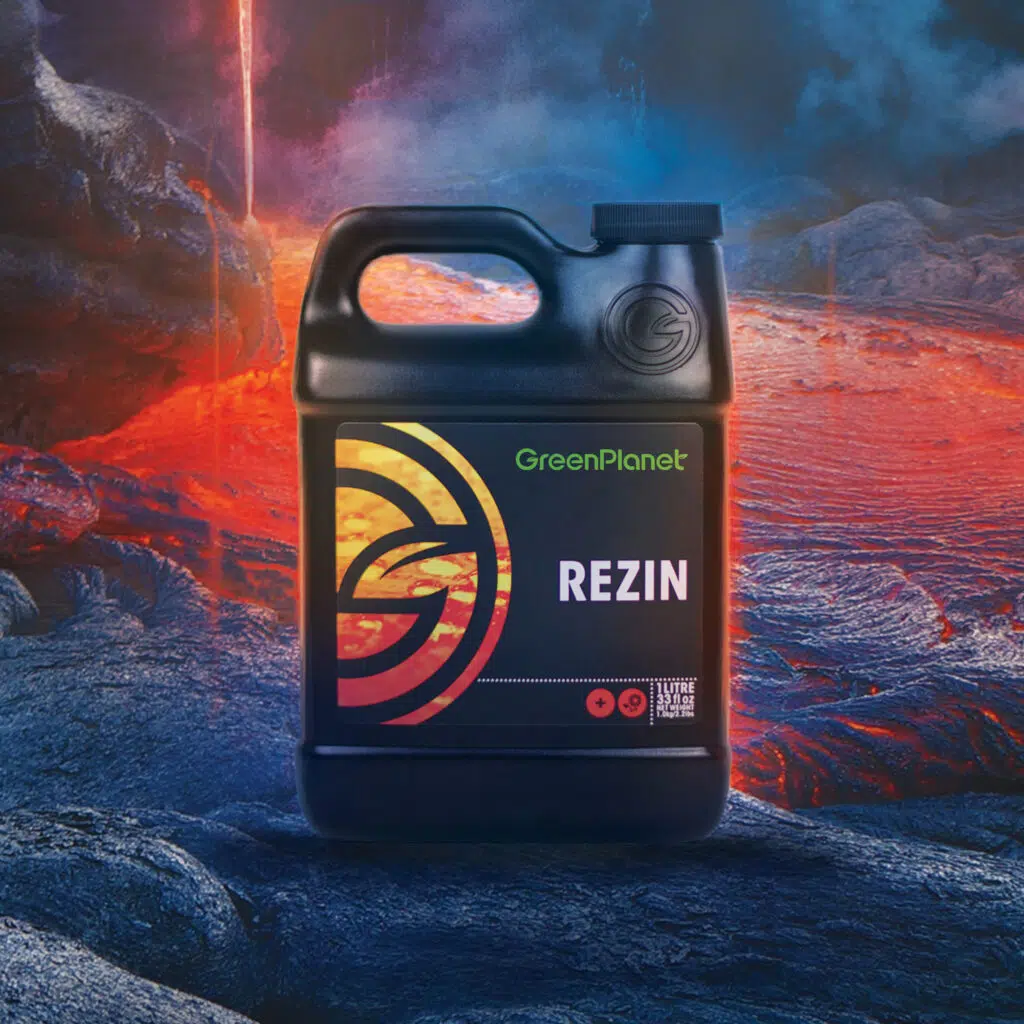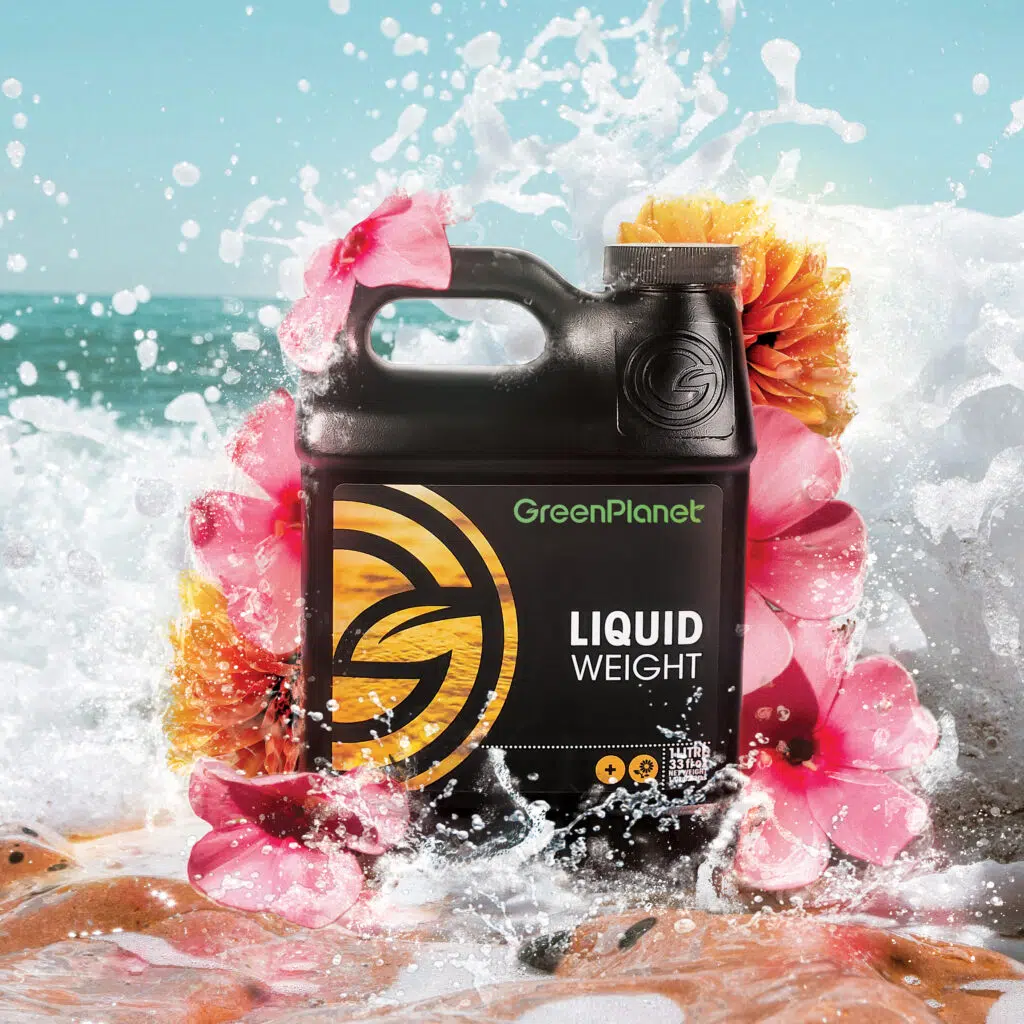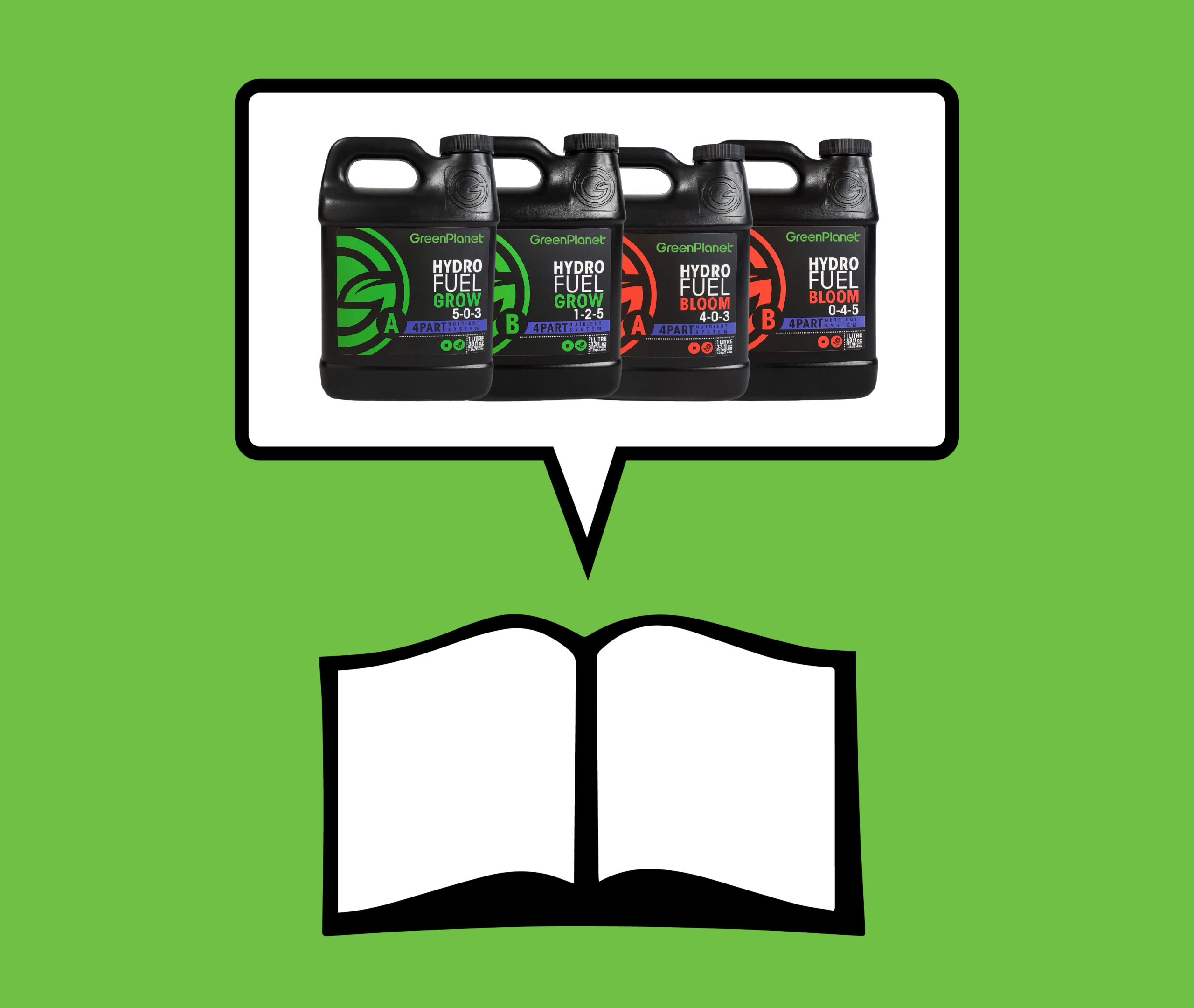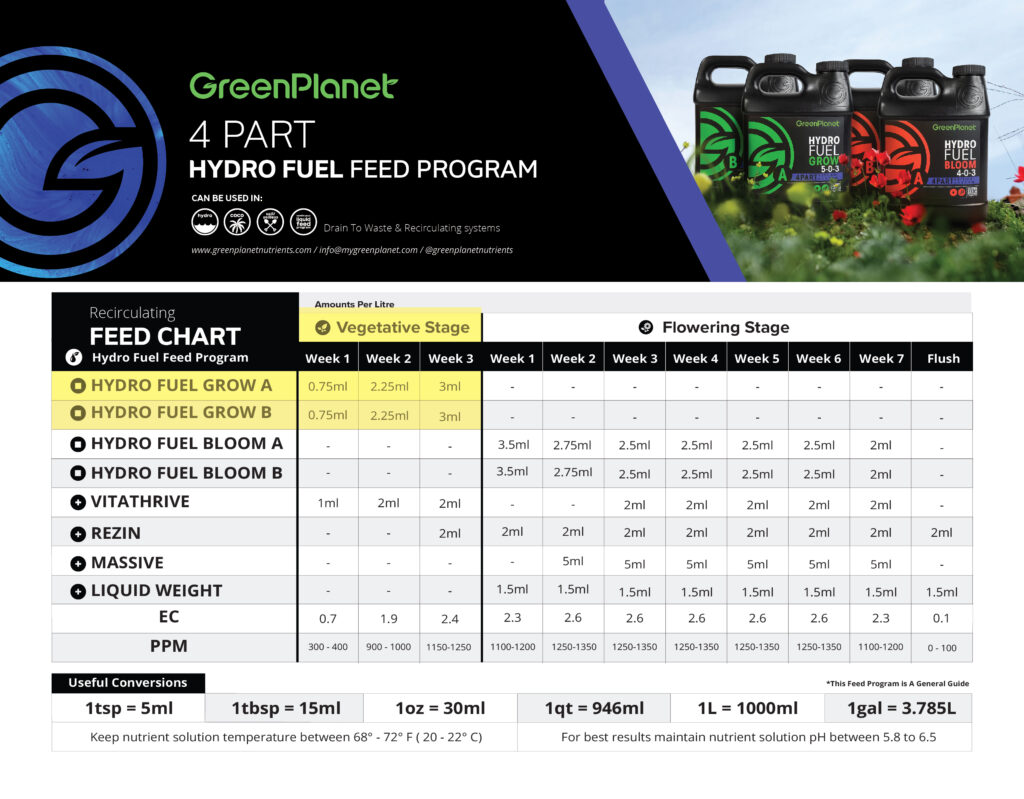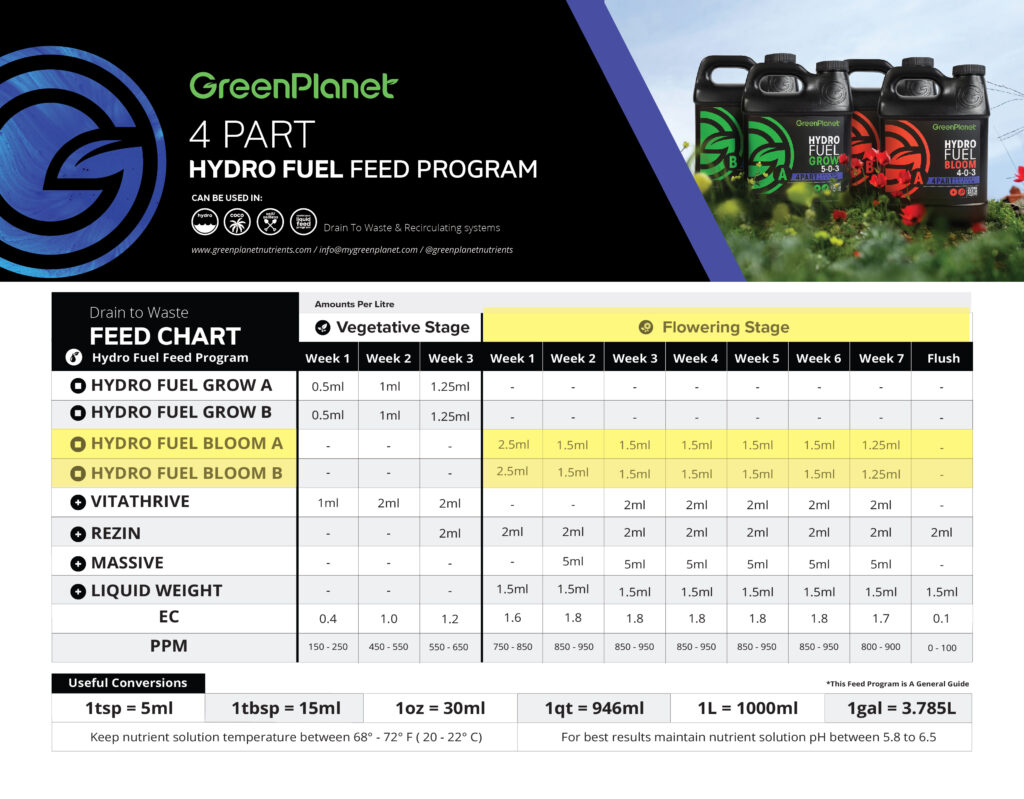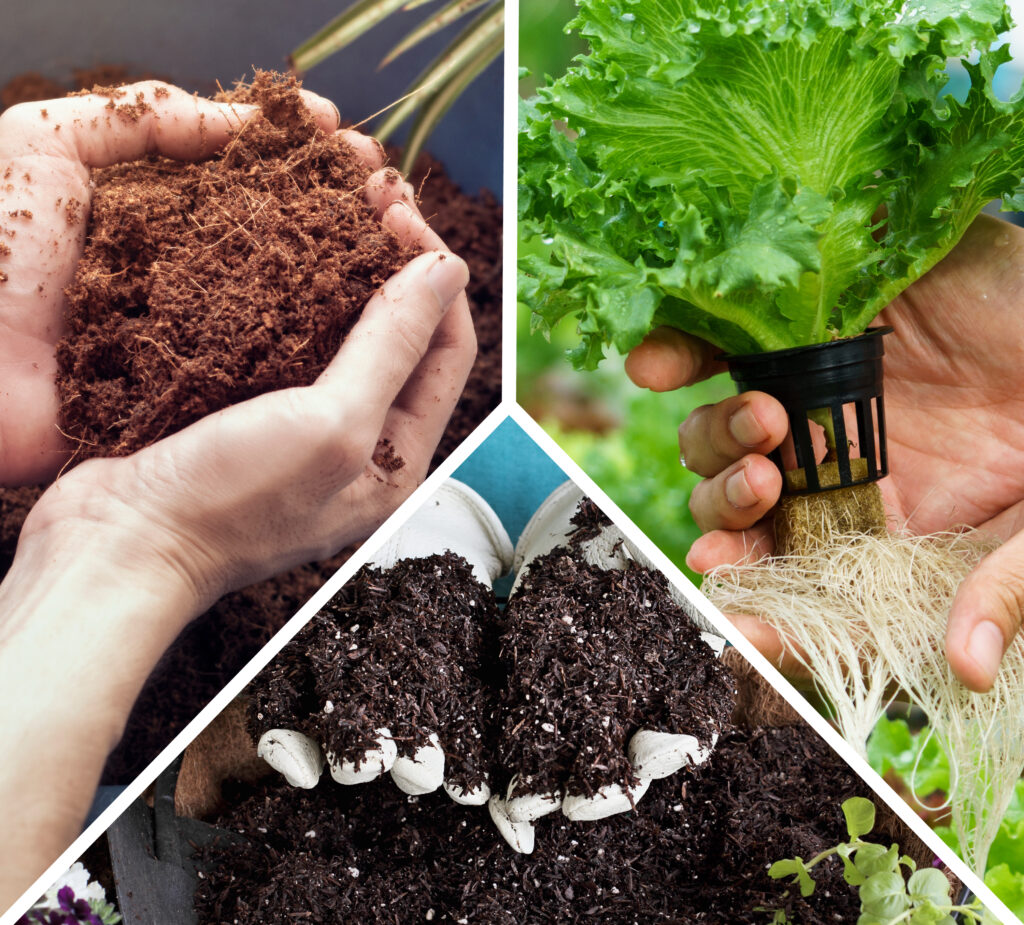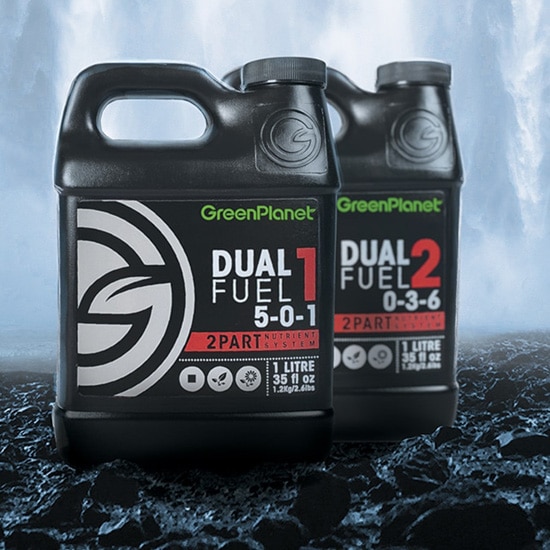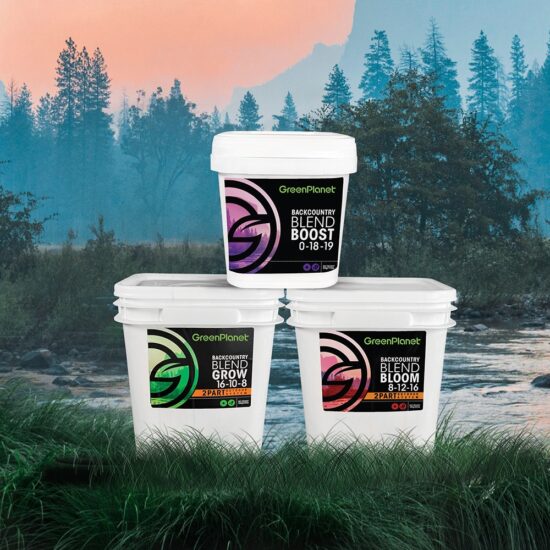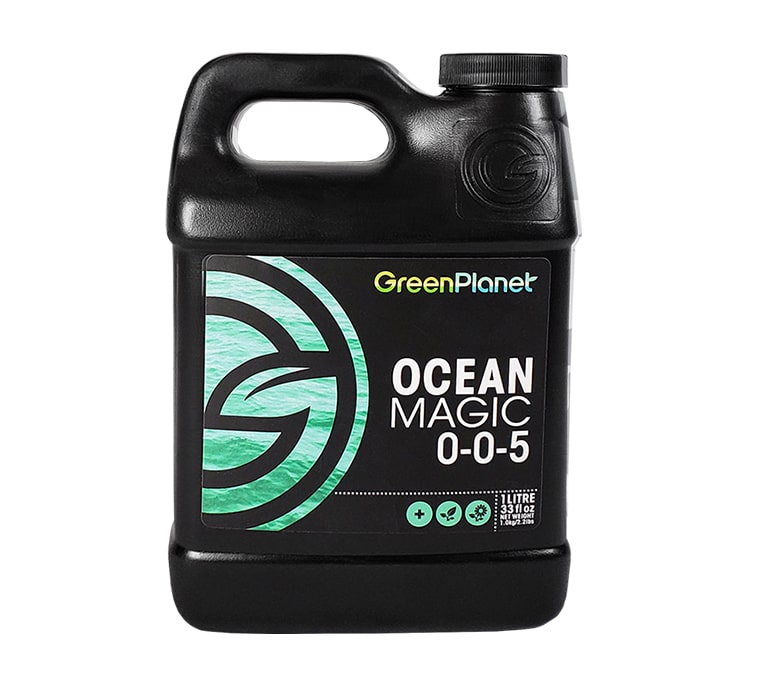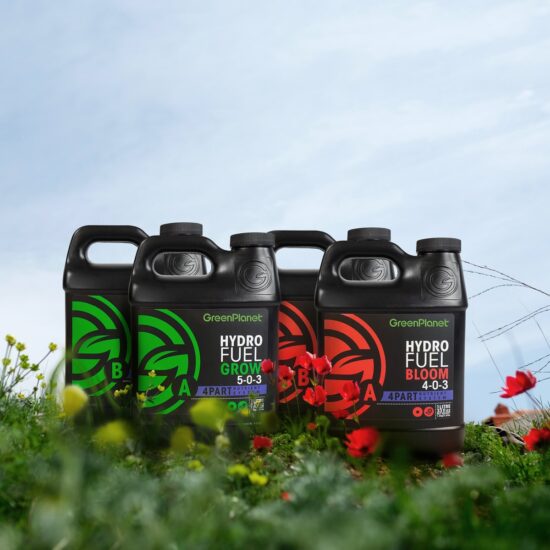What are Additive Nutrients?

An additive nutrient, or nutrient supplement, can be described as any plant food product that seeks to enhance natural patterns of development. Unlike base nutrients, which are designed to progress and maintain healthy patterns of growth and bloom, additive nutrients and supplements aim to promote specific actions, whether it be the development of large, dense flowers, trichome production, root growth, or rapid cell expansion. While the importance of base nutrient supplements is unparalleled in the lifecycle of a plant, additives also have an important role to play. By combining additives with clean, quality-focused base nutrients, growers can easily push their crop beyond its genetic limits. For new growers, discovering the function of unique nutrient additives can be a challenging task. So, before committing to a nutrient system, read the article below for more information on our selection of additives.

Trying to figure out which GreenPlanet Nutrients product is an additive nutrient? Look out for the Additive Icon found on the front of our bottles.
A Closer Look at Additive Nutrients
So what are additive nutrients? Unlike base nutrients, which can be described as a foundation for plant growth, additive nutrients are supplements that aim to promote specific actions and outcomes. There are a wide variety of additive nutrients. For example, GreenPlanet Nutrients manufacturers 16 nutrient additives, ranging from beneficial bacteria supplements, bloom boosters, carbohydrates, enzymes, and hormone inoculants. While all these supplements have different desired actions and outcomes, they all aim to enhance the natural growth patterns of plants. Let’s take a look at some of our most exciting nutrient supplements.
Get a Variety of Benefits from Additive Nutrients
Massive Bloom Formulation: Blooming Supplement
Plants require an incredible amount of nutrients during the peak of flower. Luckily, GreenPlanet manufacturers the king of bloom enhancing supplements – Massive Bloom Formulation. Balanced evenly with an N-P-K of 1-2-3 and loaded with carbohydrates and L-amino acids, Massive has been trusted by the growing GreenPlanet community for over 20 years. It promises heavy harvests and quality flowers. So, if you’re looking for a tested, reliable source of plant nutrition during the flowering stage, except no substitutes for Massive Bloom Formulation.
PK Spike: Blooming Supplement
GreenPlanet Nutrients PK Spike is a great example of a clean, quality-focused bloom enhancing supplement. Formulated with high-grade phosphorus and potassium, PK Spike can quickly increase root mass, speed up the production of flower sites and strengthen a plant’s cell walls for the later support of heavy flowers. It’s also hyper-concentrated and extremely water-soluble. That’s why PK Spike is the ideal bloom enhancing supplement for growers in hydroponic gardens, AutoPot Watering Systems, or drip irrigation networks.
Horti-rawk: Flower Hardener
If the environmental conditions of a garden are less than ideal, for example, if temperatures or humidity percentages reach inadequate levels for extended periods, mature buds can become loose, lose rigidity, or become soft and sponge-like. Consider adding GreenPlanet Nutrients Horti-rawK to your existing feeding program to increase late-flower hardiness. Horti-rawk provides your plants with a hyper-concentrated amount of potassium during the later stages of the flowering period. This increase in potassium helps encourage the tight formation of mature flowers.
Rezin: Trichome Enhancer
Rezin is our blooming additive formulated to enhance the natural processes within flowering plants that produce flavor and aroma. Growers can begin using Rezin at any time during the flowering period to encourage plants to express and expand terpenes and trichomes in flowers and across sugar leaves. However, adding Rezin during the last week of the vegetative stage has been shown to increase the amounts of potential terpenes that will be ready for full expression in the later stages of flower. To ensure GreenPlanet growers get the highest quality product and result possible, our formula does not contain any plant growth regulators (PGR), artificial coloring or dyes, and can be used until the final days before harvest.
Liquid Weight: Carbohydrate Supplement
GreenPlanet Nutrients Liquid Weight contains an array of simple sugars like dextrose, sucrose, and fructose. To encourage the rapid growth of healthy bacteria, fungi, and protozoa in your root zone, pairing your regular feeding program with a surgery, carbohydrate supplement will help to speed up the growth rate of beneficial microbes. Plants spend an amazing amount of energy-releasing complex sugars like cellulose into the root zone. So, by supplementing your plant’s expenditures with additional carbs, you can be sure the beneficial microbes in your soil will be plentifully fed, which in turn will support the cultivation and growth of your living medium. Adding a liquid carbohydrate supplement to your feeding program during the flowering phase will encourage your plants to feed heavier, increase output, enhance yields, and lead to more desirable flavors, pigmentation, terpene density, and trichome expansion.
Root Builder: Beneficial Bacteria
GreenPlanet Nutrients Root Builder is densely packed with two strains of extremely active beneficial bacteria: Bacillus Licheniformis and Bacillus Subtilis. Both of these microorganisms have different roles in the root zone. For example, Bacillus Licheniformis is utilized quickly to break down soluble minerals and convert them to energy for the plant. On the other hand, strains of Bacillus Subtilis mainly support a plant’s immune system by producing molecules called iturins, which target and eliminate sources of harmful bacteria. Without healthy probiotic supplements like Root Builder, stressful environmental conditions, inconsistent irrigation, or a deficient feeding program may produce a diseased root zone incapable of supporting steady growth.
Ocean Magic: Natural Kelp Additive
Ocean Magic is a vegetative additive derived from cold-pressed Atlantic Sea Kelp, that delivers a variety of benefits to your plants. For example, the ingredients found in Ocean Magic support properties such as rooting and the reduction of environmental and plant stress. Used as either a root-soak or foliar spray, Ocean Magic contains special, natural plant hormones including auxins, cytokinins, and gibberellins, which have been linked to promoting vigorous growth, branching, and increased resistance to stress in plants.
Whatever your style of garden, chances are, GreenPlanet Nutrients has the perfect base nutrient program. To access the programs available at GreenPlanet Nutrients, contact a member of the GreenPlanet sales team, or your local garden supply store for product information and purchasing inquiries.
Check out our Resource Centre for more product information
Read More
- What are Additive Nutrients?An additive nutrient, or nutrient supplement, can be described as any plant food product that seeks to enhance natural patterns of development. Unlike base nutrients,… Read more: What are Additive Nutrients?
- Why It’s Important to Test the pH of Your Run-OffIf you’ve recently noticed some leaf discoloration, mutation, or poor growth, it’s quite likely an inadequate pH range is the culprit behind these issues. pH… Read more: Why It’s Important to Test the pH of Your Run-Off
- What’s the Difference Between Dry and Liquid Fertilizer?Unfortunately, not all fertilizers are created equal. That’s not to say that one product or feed program won’t perform as advertised, but as we’ve learned… Read more: What’s the Difference Between Dry and Liquid Fertilizer?







